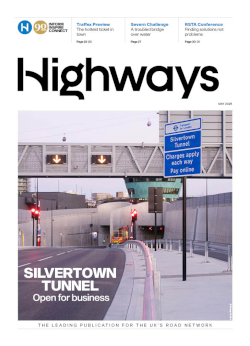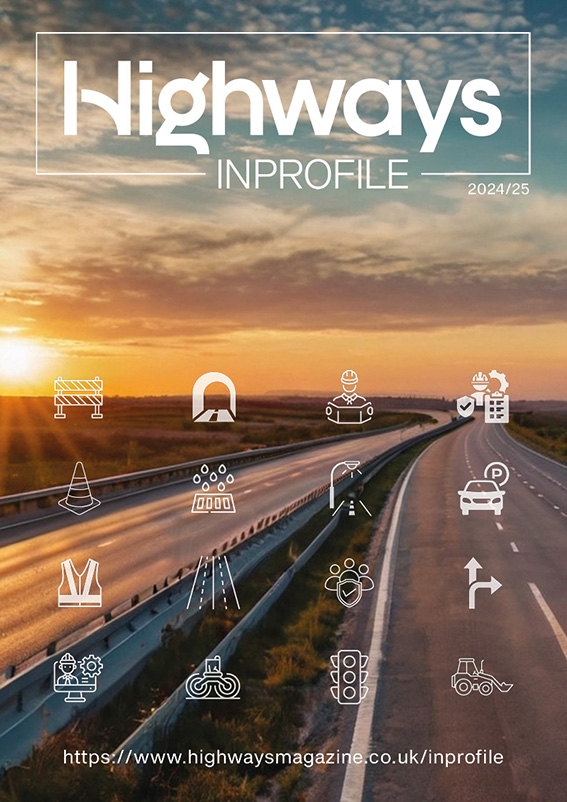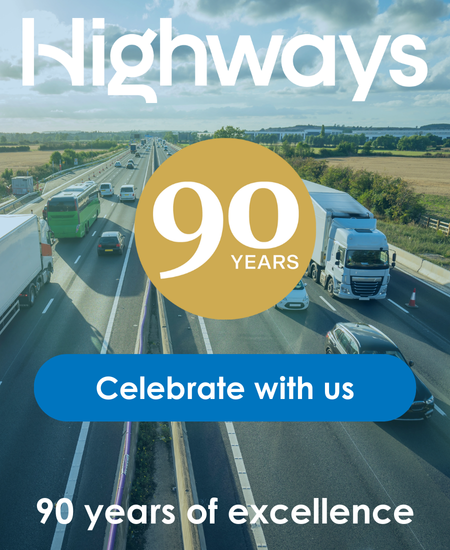A key consultant on Google's driverless car project says that trying to change infrastructure to cope with driverless cars is the wrong way to introduce the technology.
The Tech Insider website quotes Brad Templeton as saying that making cities smarter to support driverless cars is the wrong approach.
"You don't get to change the world, your car has to adapt to the world it's given," he told the site, explaining that addressing the problem from an infrastructure standpoint is bound to move at a "snail's pace" and isn't as useful as other methods.
The site says Templeton proposes taking advantage of a device people always have on them to make cities better prepared for driverless cars - their phones and that, rather than mold cities to prepare for driverless cars, it's better to collect enough data on people's movement so that cars understand their surroundings and traffic patterns.
Not only is this a faster approach, but also a more comprehensive one as phones collect so much data.
"When you give software people that challenge, they rise to it," Templeton is quoted as saying. "When you give infrastructure the problem, they form a committee."
Smart Highways asked PTV's UK Managing Director Paul Speirs his thoughts, given that PTV is the world leader in transport modelling.
"Having situational awareness is part of the smart city 'tick list," he said. "Google are not alone. The likes of Inrix, TomTom, HERE etc gather data to provide a similar situational awareness ' they won't disclose their sources of course.
"We all agree that being able to plan routes based on current conditions is fantastic. But will those conditions be the same, become better or actually deteriorate by the time you reach them along your route? A smarter way to plan your route would be to base it on 'near future' conditions, to base it on the conditions you will find along the route at that point in time, not on what the conditions were 10, 20, 30 minutes ago." Speirs added. "PTV, naturally, takes this approach by using a unique simulation tool, PTV Optima, to forecast and propagate real-time conditions spatially and temporally into the near future, say 5, 10, 15 minutes, up to one hour ahead. Now this is proper smart route planning."





